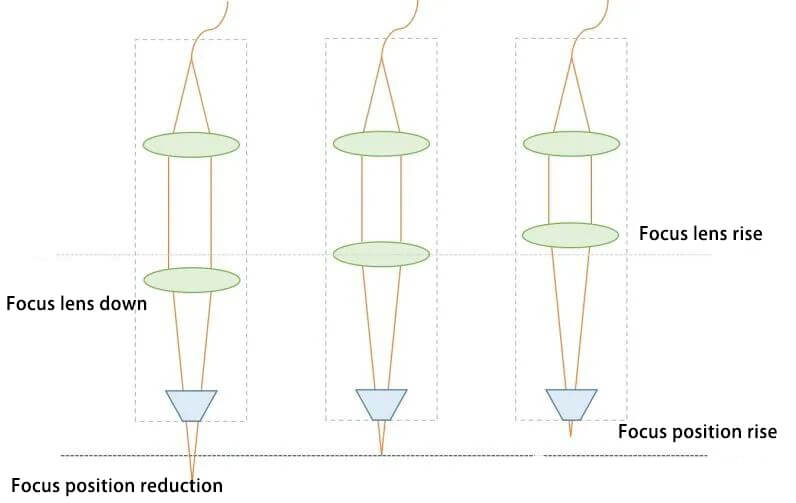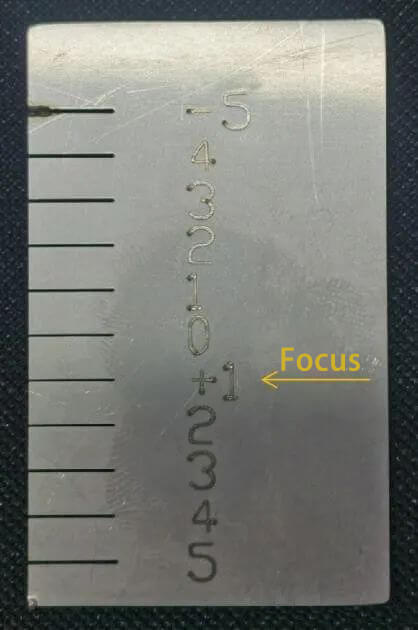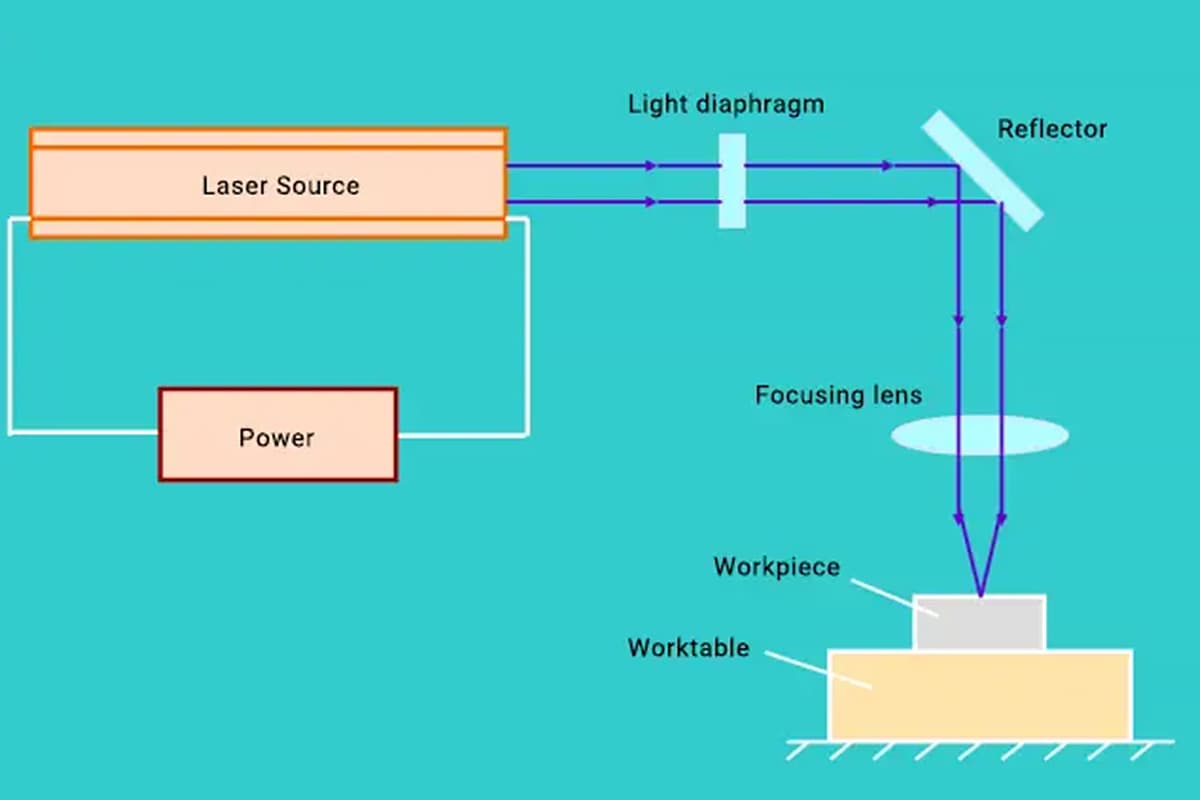
Imagine a world where precision meets power in the blink of an eye. This article dives into the fascinating principle behind laser cutting focusing, explaining how adjusting the focus position can dramatically impact cutting quality. You’ll learn how the height of the cutting head and internal focusing lens adjustments play crucial roles, and discover the latest advancements in automatic focusing technology. By the end, you’ll understand how precise focusing enhances efficiency and accuracy in laser cutting processes.

Before cutting any plate, the distance between the focus and the plate must be adjusted.
Different cutting materials and methods require different focus positions, as shown in the figure below. Therefore, laser cutting requires continuous and dynamic adjustment of the focus position.
So, how can the focus position be changed?

It is generally believed that focusing can be achieved by changing the upper and lower positions of the cutting head:
In general, the easiest way to achieve the desired focus position is by adjusting the height position of the cutting head.
For instance, if the cutting head is lowered, the focus position will also be lowered. Conversely, if the cutting head is raised, the focus position will be raised accordingly, as illustrated in the figure below.

In fact, there are other factors to consider when adjusting the focus position:
A nozzle is installed at the bottom of the cutting head. The distance between the nozzle and the workpiece affects the flow rate and diffusion of gas, which subsequently impacts the quality of cutting.
Typically, the distance between the nozzle and the workpiece remains a fixed value within a certain range.
Adjusting the cutting height by moving the cutting head up and down as a whole can also impact the quality of cutting.
Therefore, lifting the cutting head to adjust the cutting height is not appropriate as it affects the cutting quality.
Therefore, the method of adjusting the height of the lens inside the cutting head is more scientific:
By changing the position of the internal focusing lens, the position of the focusing point can also be changed:
When the focus lens drops, the focus position decreases, and when the focus lens rises, the focus position increases. This ensures that the cutting head remains in its original position as a whole, and the distance between the nozzle and the workpiece remains constant, thus avoiding any interference from the airflow as mentioned above.

The technology of adjusting focusing lens keeps pace with the times:
In the early days, adjusting the up and down movement of the focus lens was done manually by using a wrench or rotating the self-contained roller or knob directly.
With the advancement of technology, automatic focusing has become increasingly prevalent. A motor drives the focusing lens to move up and down.
When manually focusing, individuals must move the cutting head to the edge of the machine tool and then make adjustments.
By using the automatic focusing method, adjustments can be made by software from anywhere on the machine tool, making it more convenient to use.

The height of the focus position is relative to the zero focus point.
Therefore, it is essential to determine the position of the zero focus point before adjusting the focus. Then, move the focus lens up or down by a certain distance to adjust the increase or decrease value of the focus position.
As per the previous analysis, the smallest spot occurs at the position of zero focus, indicating the smallest slit.
Moving the focus position up or down causes the light spot to thicken, resulting in a linear widening of the slit and reduced cutting quality.

The zero focus position of the cutting head is generally close to the “0” indication scale.
To locate the zero focus position, begin by adjusting the scale to “0” and placing a flat plate on the workbench. Proceed to make a cut every 1mm within the range of -5mm to +5mm.
Compare the resulting slits carefully, and identify the narrowest point as the zero focus position.
When making subsequent cuts, adjust the scale based on the zero focus position found earlier (i.e., +1 scale position) to change the corresponding defocus amount.
Common focus positions of low power laser cutting:



In actual cutting applications, it is necessary to select the appropriate focus position based on specific cutting requirements. You can refer to the following post to learn more about how to choose the laser cutting focus in detail.








